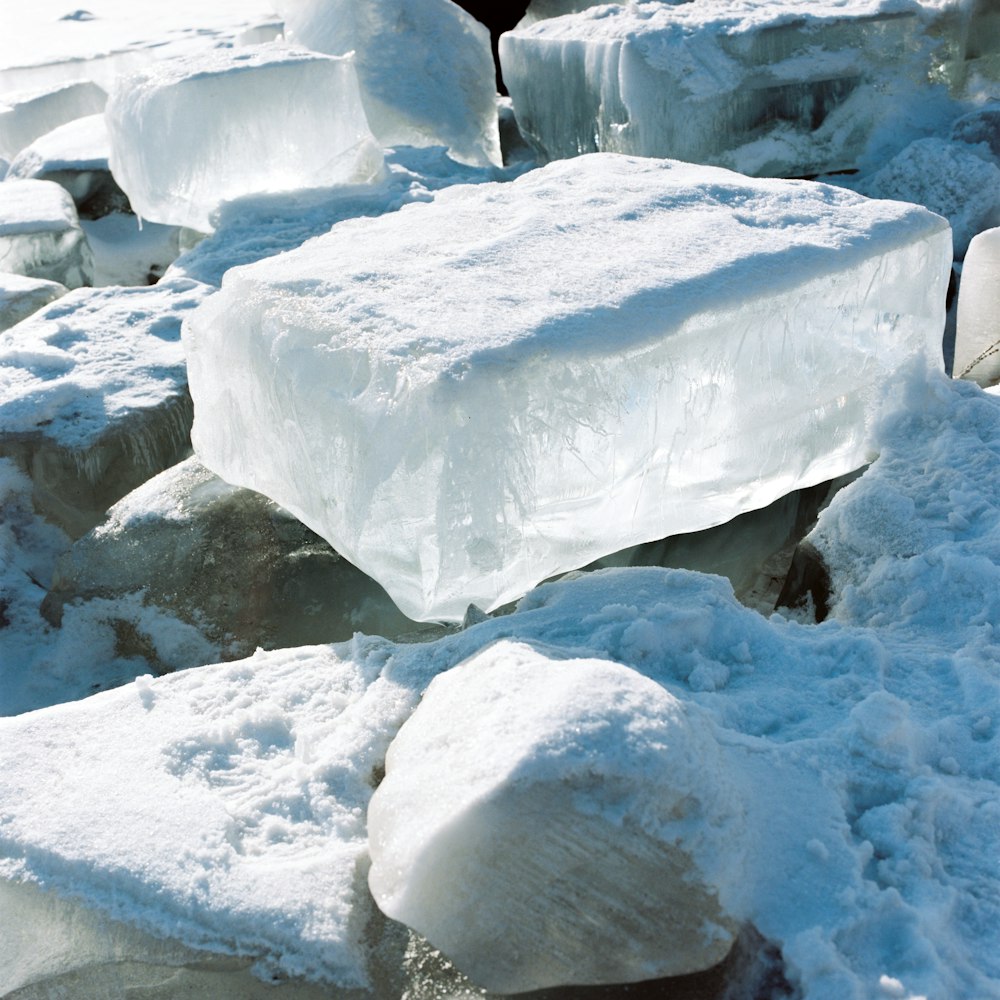Are you considering using dry ice at your next event? The special effect created by dry ice at your party is sure to impress your guests. However, it is essential to be aware of the safety measures to take when working with dry ice smoke.
We’ll discuss the risks associated with dry ice smoke and offer advice on how to work safely with it in this article. Let’s dive in and find out the best practices for working with dry ice smoke.
Is Dry Ice Smoke Safe?
If used properly, dry ice smoke poses no dangers, but if not, it can cause serious injury. Carbon dioxide gas, which is what dry ice smoke is made of, can be fatal in confined spaces because it displaces oxygen. Furthermore, without the right safety gear, handling dry ice can lead to frostbite or skin damage.
Dry ice should be handled with insulated gloves or tongs and stored in an area with plenty of ventilation to prevent burns. Dry ice can be used to create smoke, but only in small amounts and should never be stored in an airtight container. Direct inhalation of smoke is discouraged because of the irritation it can cause to the respiratory system.
As long as you observe all necessary safety measures, dry ice smoke can be a great addition to any party or event. The magic of dry ice smoke should be experienced, but only if precautions are taken.
Things To Remember In Dealing With Dry Ice
If you’re planning to use dry ice smoke, it’s important to know its benefits to ensure that you handle it safely and effectively. Here are some tips to keep in mind:
Wear Protective Gear
Protective gear should always be worn when working with dry ice to avoid injury. Because of its extreme coldness (-78.5°C/-109.3°F), handling dry ice with bare hands or skin can result in frostbite or other skin damage. Wearing insulated gloves or using tongs is recommended while working with dry ice to prevent injury to the hands and skin.
Gloves that are thermally insulated or made specifically for handling dry ice should be used. Leather, neoprene, or PVC insulated gloves are common recommendations. Tongs should be made of a material that can withstand extremely low temperatures, like stainless steel.
Normal kitchen gloves and oven mitts will not protect your hands from the dry ice’s intense cold, so you’ll need to find something else. Injuries from handling dry ice without safety equipment can be severe, thus this warning should be taken very seriously.
Use In A Well-Ventilated Area
To avoid carbon dioxide gas accumulation that can lead to asphyxiation, dry ice should be used in a well-ventilated location. At temperatures as low as -78.5 °C (-109.3 °F), dry ice sublimates (changes from a solid to a gas), producing a gas denser than air that can settle to the ground and deplete oxygen supplies.
Dry ice should only be used in a room with plenty of ventilation to prevent the buildup of dangerous gases. Ventilation methods like open windows or doors, fans, or air conditioning might count as well as the great outdoors.
Make sure the area is large enough to hold the dry ice and that the carbon dioxide gas can escape before utilising dry ice in an enclosed area. Dry ice can be used to generate smoke, but it should never be used in a closed container.
Overall, using dry ice properly requires doing it in a well-ventilated location to avoid the development of carbon dioxide gas. Always take caution when working with dry ice, and if in doubt, seek the advice of an expert.
Use Small Amounts At A Time
The sublimation process can be managed with greater precision and safety risks can be reduced by using only a tiny volume of dry ice at a time. Dry ice, when used in large quantities, can swiftly sublimate, releasing a high concentration of carbon dioxide gas that can displace oxygen and lead to a dangerous situation.
To obtain the desired effect without creating a dangerous atmosphere, it is best to use only a little amount of dry ice at a time. Accidents, such as explosions or frostbite, are less likely to occur when huge quantities of dry ice are handled properly.
Using only a few pounds of dry ice at a time produces the required impact without posing any undue risks. Always use caution when working with dry ice, and make sure everyone around you knows how to handle it safely.
Store Dry Ice Properly
Properly storing dry ice has several benefits, including
Maintaining Its Solid State
When dry ice is stored properly in an insulated container, it can maintain its solid state for a longer time. This allows you to use it for longer periods and achieve the desired effect without having to purchase more dry ice.
Minimizing Safety Hazards
Storing dry ice properly helps to minimize any potential safety hazards that can occur when handling dry ice. For example, when stored in a sealed container, dry ice can sublimate and turn into carbon dioxide gas, causing pressure to build up and potentially causing an explosion. Proper storage helps to prevent this from happening.
Preventing Waste
Proper storage of dry ice can also prevent waste by allowing you to use it over a longer period. This can save you money and reduce the amount of dry ice that needs to be disposed of.
Maintaining its solid condition, reducing safety risks, and avoiding waste all depend on how dry ice is stored. Safe and effective usage of dry ice relies on its timely availability, which may be ensured by following the correct storage protocols until it is needed.
Dispose Of Dry Ice Safely
When you’re finished with the dry ice, allow it to evaporate completely in a well-ventilated area, and never dispose of it in the trash. Proper disposal of dry ice has several benefits, including:
Minimizing Safety Hazards
Disposing of dry ice safely helps to minimize any potential safety hazards that can occur when handling dry ice. For example, if dry ice has sublimated and turned into carbon dioxide gas, it can displace oxygen and create a hazardous environment. Proper disposal helps to prevent this from happening.
Avoiding Damage To Waste Containers
Dry ice can damage waste containers if not disposed of properly. When dry ice sublimates, it can create pressure, causing containers to rupture or explode. Proper disposal ensures that waste containers are not damaged and can be safely transported to waste disposal facilities.
Following Regulations
Many waste disposal facilities have regulations in place for the disposal of dry ice. Proper disposal ensures that you’re following these regulations and preventing any potential fines or penalties.
Overall, safe disposal of dry ice is critical for reducing potential risks, protecting trash cans, and adhering to laws. Safe and responsible disposal of dry ice can help prevent accidents and keep the environment unharmed if the right steps are taken.
Conclusion
It’s crucial to exercise caution and take all necessary safety measures when working with dry ice smoke, even though it can be an aesthetically pleasing addition to parties, gatherings, and studies. It’s important to take all the necessary precautions when working with, storing, utilizing, and disposing of any hazardous materials.
You can reap the benefits of dry ice smoke without exposing yourself or the environment to risk by adhering to these instructions. Always put safety first while working with dry ice, and if you have any questions about how to handle it, ask an expert.

